We all know it can be a chemical-laden world out there, with all the pollution and environmental toxins that we often hear about, but many of us don’t expect that our own homes may actually be contributing to our toxin exposure. Our homes should be somewhere we retreat to relax, recharge and escape the health threats of the modern world. Having a completely toxin-free home is near impossible, but making your home healthier and less toxic is possible and doesn’t have to be overwhelming or expensive. It’s simply created with fresh air, purifying house plants, wise material choices, and a few natural products. Just a few small changes at home can greatly improve the health of your family and the planet.
Let There Be Air: Opening your windows can energize your environment while also reducing the number of toxins floating about in your home. Modern homes are designed to be leakproof, and so are sealed as tightly as possible. Good stuff, but this also means the toxins that we unknowingly bring into our home via our furniture, materials, and household products are concentrated within our walls, with little chance of escaping. Opening your windows for just 10 minutes every day can significantly reduce the number of toxins in the home and leave you feeling refreshed in the process!
Renovate Right: Home renovation projects can be a huge toxic hazard, especially for children and pregnant women. Many conventional finishing materials, such as solvent-based paints, solvents, and adhesives, contain high levels of volatile organic compounds (VOCs) which cause air pollution and can have significant adverse effects on our health. If you’re painting, select less toxic paints, finishes, and glues by buying products labeled “VOC-free,” or “low-VOC.”. Renovation dust can contain high levels of toxic lead and other contaminants so when attempting any renovations or DIY projects, try to control and contain all dust. Seal off the house from the renovation site with plastic sheeting and duct tape and close heating and cooling vents. Always ensure that the area is ventilated with fresh air well before you occupy it again and air out any new furniture that might contain formaldehyde adhesives for at least several days before taking it indoors.
Detoxify with Plants: A NASA study found that certain common indoor plants greatly reduce the number of toxins in the air. Plants that are especially clever at cleaning and absorbing toxins in the air are Peace Lily, Gerbera Daisy Areca Palms, Boston Fern, Spider Plants, Chrysanthemums, and Philodendron. According to the study, the plants take in the toxic chemicals through their leaves, their roots, and the soil, and remove “even trace levels of toxic vapors”.
Fragrance Naturally: We live in a world where we are bombarded with artificially scented products. The chemicals that are often used to formulate these fragrances are toxic to the human body over time. Having the home smelling divine is an easy luxury, but opt for pure essential oils over artificially scented aerosol sprays and plug-in diffusers. You can add a few drops of your favourite scent to oil burners or dilute fresh essential oils (such as lemon and orange) in water to create your own non-toxic bathroom spray.
Shoes Off Please: Kick your shoes off at the door. Your shoes can track in pesticides, toxins, and residues from your outdoor excursions…onto your toxin-absorbing carpets and floors. Toxins can cling to your carpet and remain there for years, even with frequent vacuuming. Try to implement the ‘no shoes’ policy as much as possible to stop treading those nasties into your living environment.
Clean Green: Using plant and mineral-based cleaners can help your home become a healthier place for the whole family. It’s important to choose products that disclose all their ingredients on their labels and that do not contain unnecessary dyes and perfumes, which are often derived from petrochemicals. Avoid toxic ingredients such as ammonia, bleach, chlorine, formaldehyde, paradichlorobenzenes, petroleum distillates, phenol, phosphates, propellants, propylene glycol, trichloroethane, and triclosan. You can also make your own inexpensive and effective home cleaning products. The three basic ingredients to get started with are:
White Vinegar: It’s budget-friendly and can be used to clean windows, toilets, drains, sinks, etc. Vinegar helps to cut through grease and kill some types of bacteria, yeast, and mould.
Baking soda: A very versatile cleaning agent. It’s useful as a mild abrasive, disinfectant, and deodorizer.
Essential oils: Not only do essential oils make homemade cleaning products smell divine, but oils such as lemon, orange, eucalyptus, and lavender also contain anti-bacterial and anti-microbial properties that help effectively keep toxins and bacteria at bay.
All-Purpose Non-Toxic Home Cleaner Recipe
Ingredients:
½ cup of white vinegar
¼ cup of baking soda
2 litres of water
8 drops of pure eucalyptus oil
Directions:
- Mix the white vinegar, baking soda, and eucalyptus oil into 2 liters of water. Store in spray bottles and use for removal of water deposit stains in the shower, to polish chrome fixtures, clean surfaces, windows, and mirrors.
- Applying some of the tips above will help you take steps down the green path that leads towards a toxin-free home!
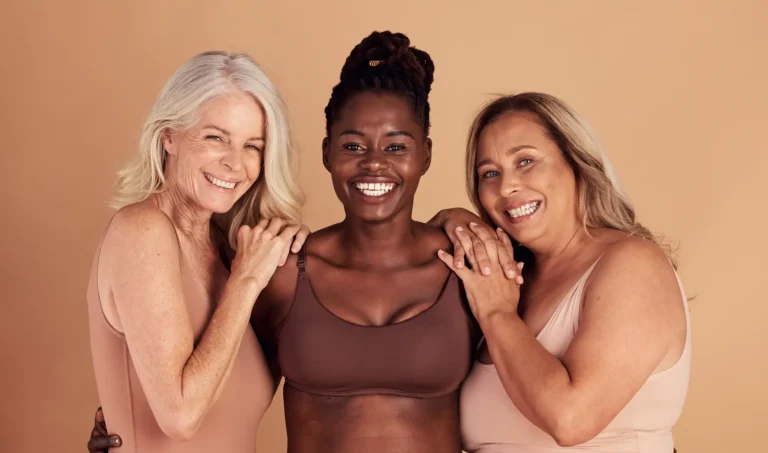
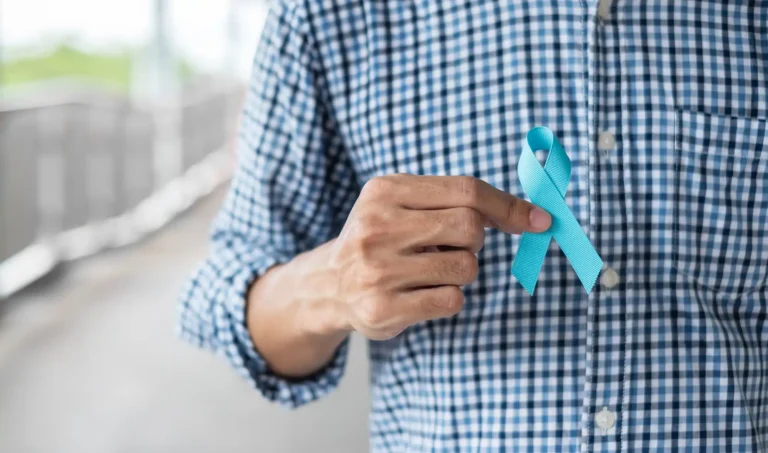




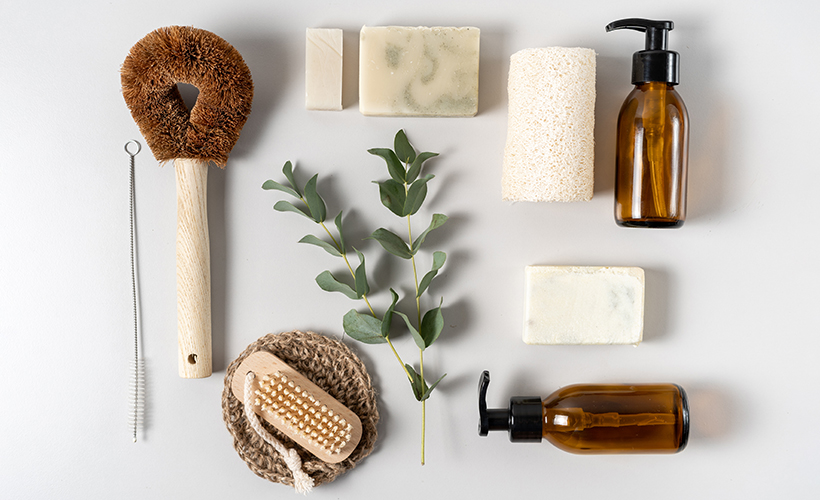

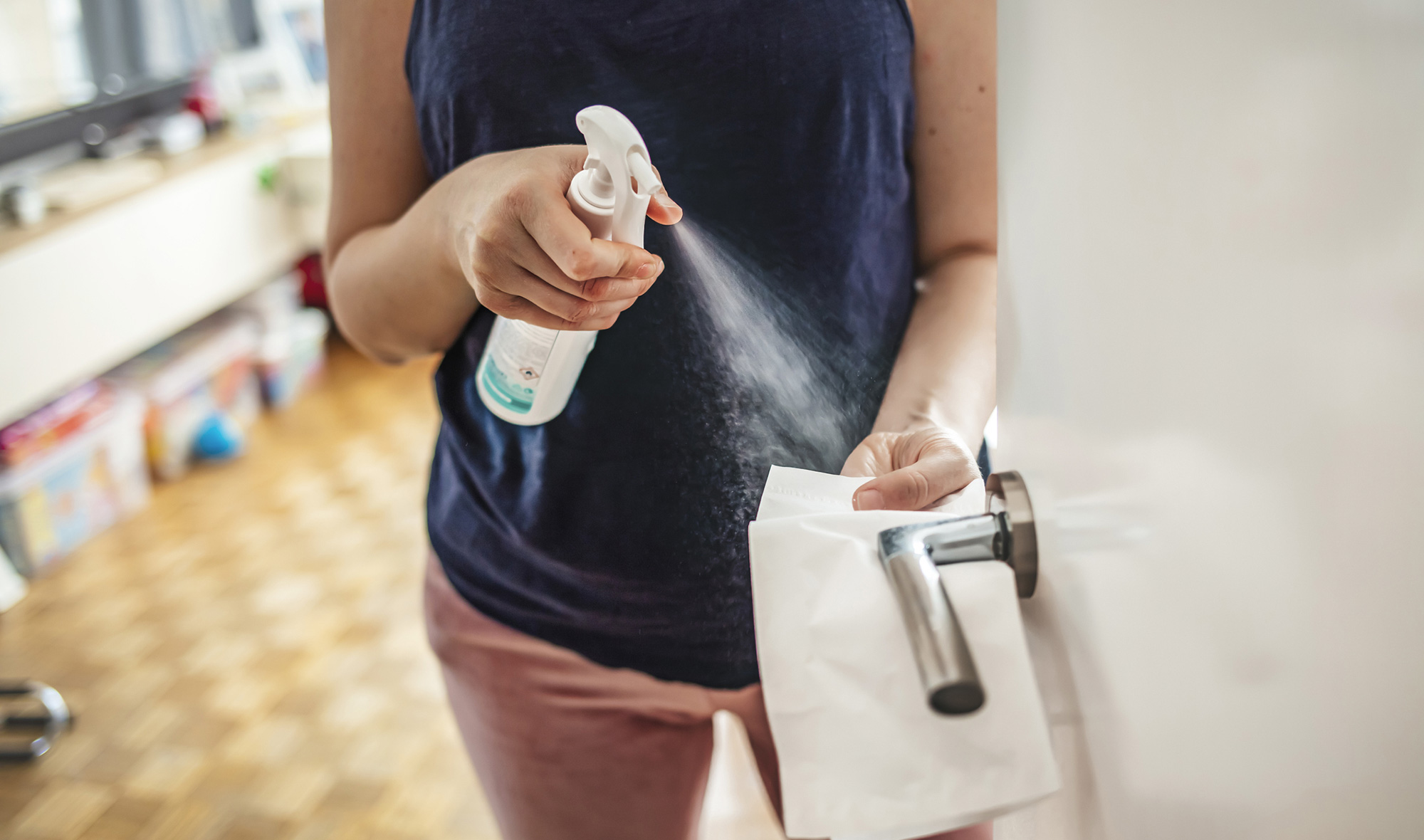
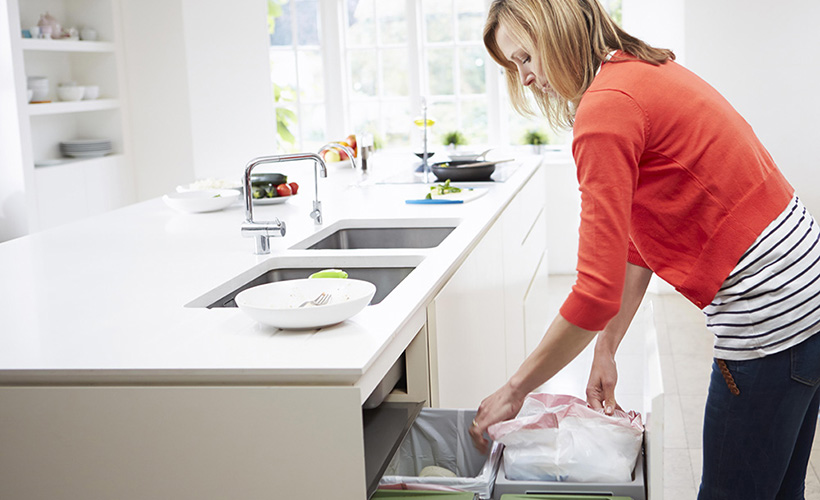
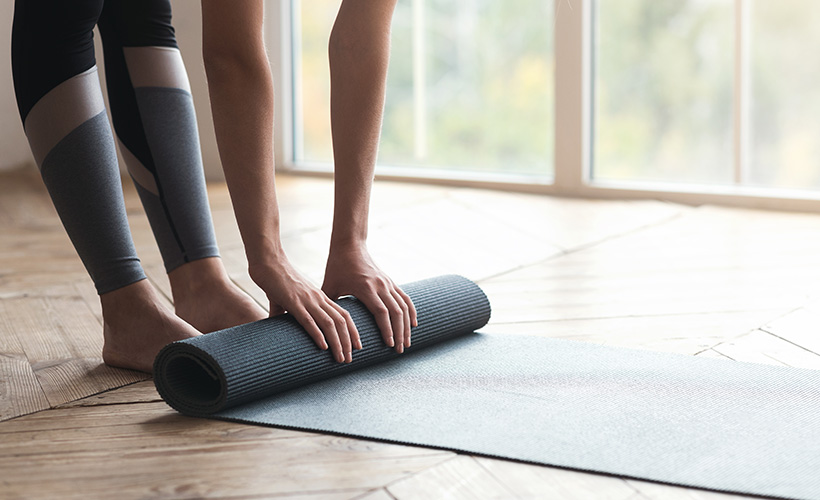



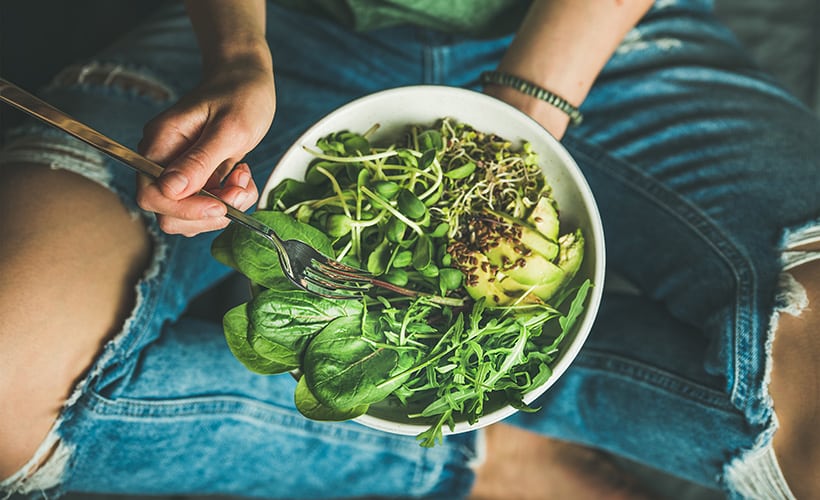

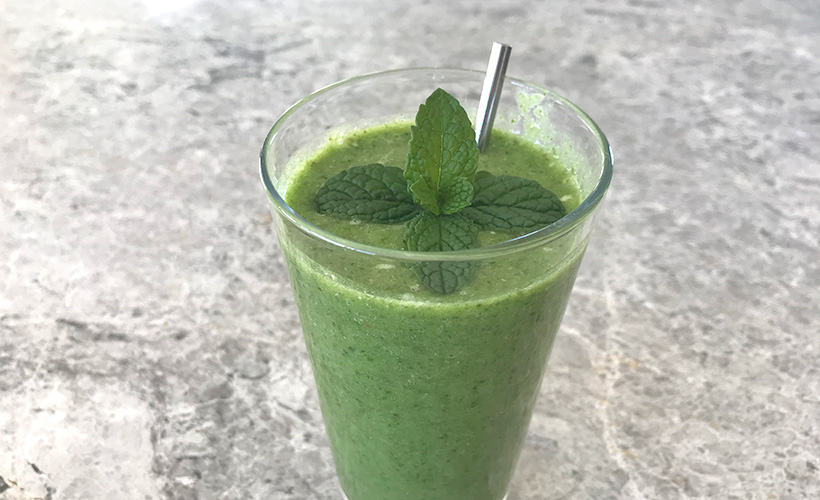

Community